In Good Taste #82: Brownies/charred Kalettes with preserved lemon yoghurt
Everyone has a brownie recipe - this is mine and it's a good'un; plus tiny cabbages and what to do with them; kombucha tasting
Well, hello there! How are you?
Good I hope.
(Not up for the chitchat? Completely get it. Click the email title to go to a web-based version then jump straight to the recipes or Cultural Fun.
I’m OK. It hailed on me both yesterday and today so I am dealing with the disappointment that comes with the end of Fool’s Spring and the inevitable dawning of Second Winter. But I did just see an incredibly intense rainbow over Finsbury Park so, yes, OK thank you.
I spent an interesting day on Monday tasting 100 kombuchas. Just a few mouthfuls of each but that’s still a lot of fermented tea! It was as part of a project by artist Eleonora Ortolani in collaboration with (fellow Fermenters Guild member) Lou Dillon who runs Twisted Kombucha. My fellow tasters and I were offering sensory feedback on things like acidity, sweetness, fruitiness, minerality etc. and the results will be analysed alongside scientific tests to provide information about how which microbes influence flavour and the differences between big and small producers.
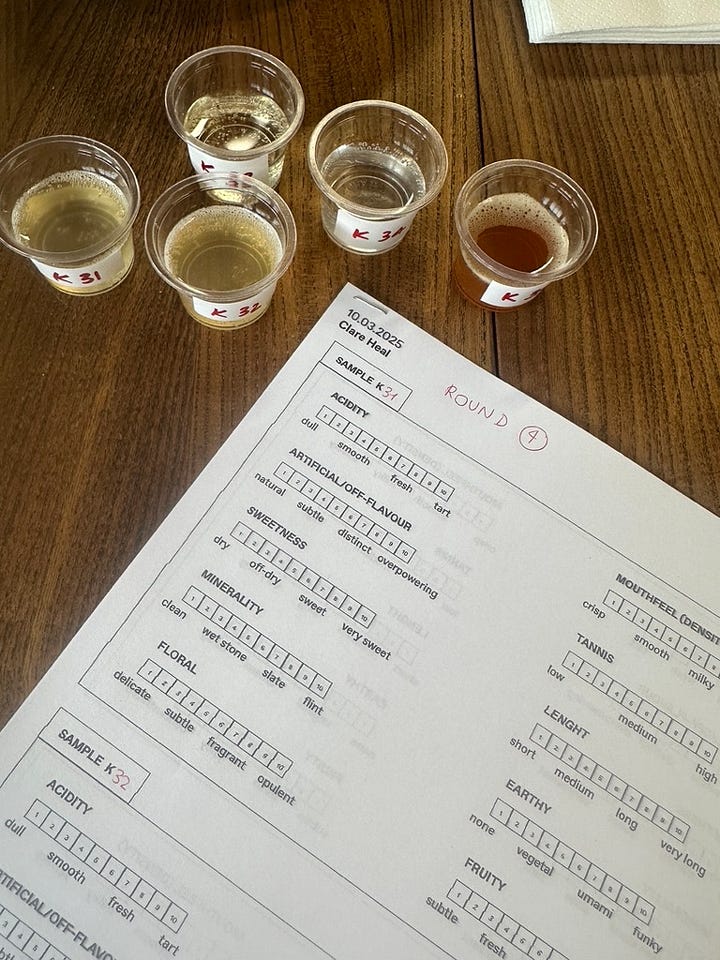
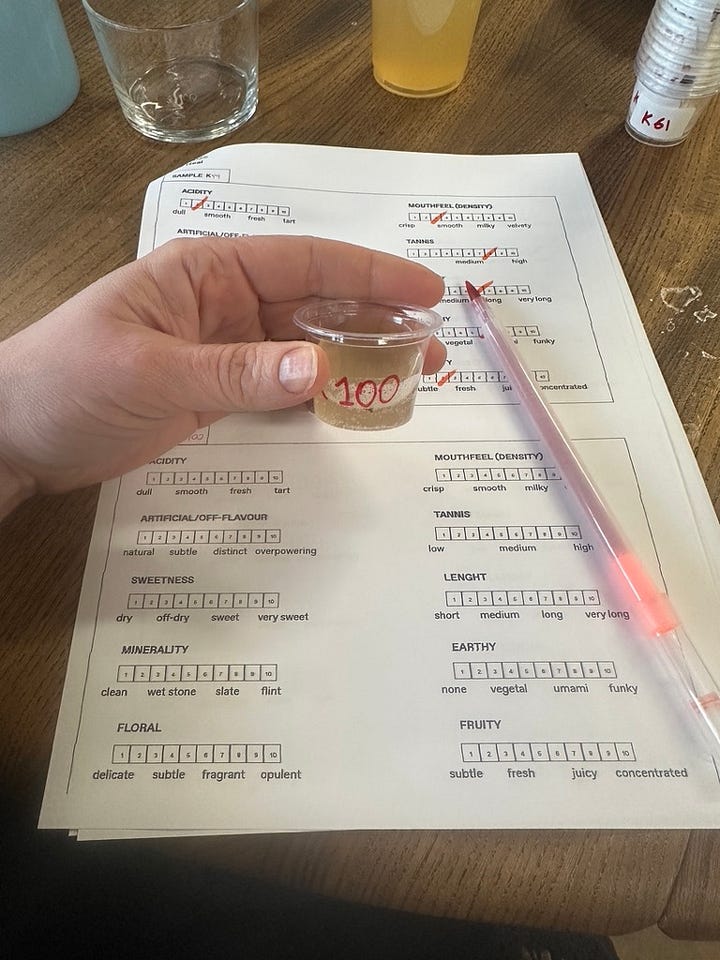
Although it’s increasingly popular and widely available kombucha isn’t a protected term. There’s nothing to say that what you buy in the shops has been made authentically or contains beneficial microbes. It’s a difficult thing to make and store so that’s not to cast shade on large commercial producers but there’s relatively little transparency about what’s in the bottle or can. Small, traditional producers like those in the Guild are pushing for more definition and this research may help with that. It was fascinating how diverse the samples were. It was all blinded but some tasted very artificial and others much more interesting. Some were also downright horrible!
My fellow tasters were all from the beer world and very knowledgeable so it was interesting chatting to them between thoughtful sips.
Mike Jones is about to open The Fermentorium in Ramsgate which I definitely want to visit before too long, Paul Davies runs AleHunters beer tours in London and Belgium which sound great fun and Natalya Watson has been helping WSET (the Wine & Spirit Education Trust) develop their recently launched beer programme.
So, after all of that, this week would have been a good week to bring you information about kombucha wouldn’t it? But that’s not what’s happening. Instead I’ve got two recipes: a vegetable dish and a chocolatey treat. With the weather all over the place I feel we need both right now.
I will be writing about kombucha soon though. And I have a couple of incredible chilli sauce recipes to share too. So make sure you’re subscribed to get those in the coming weeks.
Brownie points
I feel quite strongly about brownies. When done well they’re irresistible. But I’ve encountered a criminal number of disappointing ones. I won’t shame the most recent offender but it was what prompted a recent baking spree and led me to share this recipe.
Brownie lovers divide into those who like them fudgy and those who want cakey brownies. I am forever team fudgy: if you want a chocolate cake, make a chocolate cake and have done with it. My platonic ideal of a brownie has a dense, gooey centre — almost truffle-like in its consistency — under a shiny, crackly top.
The contrast between the two is key. Which is why I’m not one for lavishly garnished brownies: obscure that top layer with peanut butter or tile it with Oreos and you lose the chief pleasure of the thing. At least according to me. All opinions chef’s own. No offence meant etc…
Here are my Top Tips for Better Brownies:
Start with good chocolate. 70% dark is standard. Use milk if you like but make it a dark (50%) milk. I sometimes use white to make blondies but that’s a whole other story.
Enhance it with cocoa powder. Chocolate contains fat so adding more chocolate makes your brownies more chocolatey (a good thing) but also affects the texture (not always what we want). Adding cocoa powder boosts the richness of flavour without adding extra fat.
Add coffee, salt and vanilla. You won’t taste them but a little of each increases the depth and subtlety of flavour.
Bring on the brown. Butter and sugar that is. If you really want to be extra about things, browning the butter brings toasted caramelised notes. As does using a proportion of brown sugar. You still need a decent amount of white though or you sacrifice the all important crackly crust.
Whisk the sugar and eggs. This is my number one tip and the thing that makes the most difference to the texture and gets you that crust.
Give it a bang. Literally. Removing the tin from the oven halfway through baking and giving it a bang (I drop it on the work surface a couple of times from a height of 10cm) helps deflate the rising brownie, giving a fudgier centre and cracklier top.
Don’t overbake. Most cake recipes will have you test for doneness with a skewer and you want it to come out clean. With brownies you’re looking for moist crumbs.
Cool before cutting. You’ll want to dig in immediately but let the brownies come to room temperature before removing from the tin and cutting or they won’t have set and will fall apart. Use a sharp knife and wipe it between slices for clean cuts.
Recipe: Brownies
Use a 20cm square tin. Makes 16 small brownies.
This recipe has evolved over many years but its origins lie in the Leiths How to Cook. I have tinkered a lot but it’s important to credit your sources!
Ingredients
140g butter
200g dark chocolate
2 eggs
140g caster sugar
60g soft brown sugar
1 teaspoon of instant coffee dissolved in 1 tablespoon of hot water
2 teaspoons vanilla extract
generous pinch of salt
60g plain flour
1 tablespoon cocoa powder
Method
Line a tin and heat the oven. Line your tin with baking parchment and heat the oven to 160°C. Put the chocolate in a heatproof bowl.
Brown the butter (optional). Put the butter in a pale or shiny-bottomed saucepan over a high heat. Let it melt then continue cooking. You’ll see it bubble fiercely whilst the water boils off then calm down a bit. Soon after this you’ll start to see brown specks and the butter will smell nutty. This is the milk solids in the butter colouring and will give it flavour. Once you see the specks remove the butter from the heat and let it cool slightly.
Melt the chocolate. If you browned the butter pour it over the chocolate and stir until everything is melted and combined. If not, add the un-browned butter to the chocolate and microwave in 30 second bursts, stirring in between, until everything is melted and glossy. Add the coffee, vanilla and salt.
Whisk the eggs and sugar. Put the eggs in a bowl and add both sugars. Beat with an electric hand whisk (or stand mixer) until pale and fluffy and doubled in volume - at least five minutes. Check all the sugar has dissolved - when you taste it there should be no discernible grittiness. If there is keep whisking.
Combine chocolate and eggs. Fold the chocolate-and-butter mixture into the eggs-and-sugar mixture. Try not to deflate it too much.
Add the flour (and any extras you like). Sift in the flour and cocoa powder (I’m not usually a sifter but I think it helps here) and fold it in, working quickly as the chocolate and butter will begin to setup as they cool. If you want to add any inclusions (see notes) stir them in at this point.
Bake. Pour the mixture into your prepared tin, spread it out evenly and put in the oven. After 10 minutes take the tin from the oven and drop it onto a work surface from a ehight of about 10cm. Do this a couple of times then return it to the oven and bake for another 10 minutes.
Cool. Allow to cool to room temperature before slicing into 16 squares. The brownies will keep in an airtight container for at least a week.
Notes (If Ifs And Ands Were Pots And Pans…)
Chocolate-wise, I use the Virunga 70% from Original Beans which I buy in enormous 2kg bags. It’s not cheap but I do think it’s worth it. Nice enough to snack on too.
If you fancy adding spices, chilli flakes or citrus zest they can go into the melted chocolate along with the coffee etc.
I’m a fan of inclusions but not so many you mess with the fudginess. Nuts, chocolate chips, cacoa nibs or roughly broken biscuits are all good additions for textural contrast. Dried or booze-soaked fruit is great too for little pops of flavour. I sometimes like to stir in a couple of spoonfuls or marmalade. Fresh raspberries or pear slices can be nice if you plan on serving your brownies for dessert. Some Amareno cherries and crushed amaretti biscuits were a recent hit and I found these fancy caramelised nuts in Ginger, the deli that opened recently at the top of my street, and I think my next batch will include one or other of them alongside white chocolate chips.
These are easily made gluten free by swapping the flour for GF version or using ground almonds. The later would be my choice as GF flour can be sandy/gritty because of the rice flour in it and this ruins the texture in my opinion.
Recipe: Charred kalettes with preserved lemon yoghurt
I am seeing a lot of Kalettes around these days. They pop up in my Growing Communities veg bag quite often and I’m always pleased when they do. Yes I have a thing about mini stuff but they are really delicious. A cross between Brussels sprouts and kale they grow on a stalk like sprouts but have a more open shape and purple-tipped leaves like a tiny January King cabbage. The taste is mildly sprouty but nuttier somehow and the texture is great, a contrast between tender leaves and a firmer heart.
Produce mag SLOP wrote about Kalettes recently with some examples of how fancy chefs are using serving the things:
So far, this is my favourite way of eating them. Super-easy and takes mere minutes. Less a recipe and more a suggestion: char tiny veg. Serve with creamy thing.
Ingredients
Kalettes
1 clove garlic, minced
Preserved lemon yoghurt (see notes)
olive oil
pinch of chilli flakes (optional)
Method
Heat a frying pan. Put a frying pan over a high heat and leave for a couple of minutes until really hot. Add a splash of olive oil.
Cook the Kalettes. Add the Kalettes in a single layer and sprinkle with salt. Weigh them down with something. I got given a chef’s press for Christmas but a pan lid or anything else heavy will do. You just want as much of each little cabbage in contact with the pan. Cook for 1-2 minutes until well-charred on one side.
Add the garlic. Turn the Kalettes over and add the garlic, stirring to distribute it evenly. Cook for one more minute until the garlic no longer smells raw.
Serve. Spread a couple of spoonfuls of preserved lemon yoghurt over the bottom of a serving bowl and pile the Kalettes on top. Drizzle with olive oil and sprinkle with chilli flakes.
Notes (If Ifs And Ands Were Pots And Pans…)
The preserved lemon yoghurt recipe is in the archive. Alternatively serve over labneh or hummus or just as a side dish. If not serving with the yoghurt a spoonful of preserved lemon purée or just a quick squeeze of juice would be a nice addition along with the garlic.
For something more substantial and fancy-looking you could shower the top with toasted breadcrumbs, nuts or seeds.
I ate this several times alongside some braised red cabbage and some winter kraut. Yes. Triple brassica. Felt pretty smug.
Cultural Fun
Weird Medieval Guys was a popular Instagram account that spawned a book (weirdly one of the more popular presents I’ve ever given my niece). I only just discovered its author is here on Substack, but from a break and writing about one of my favourite subjects ever, etymology:
Bye! See you next week!
In the meantime, if you felt like sharing In Good Taste with friends or family who might enjoy it, you can do so with the button below.
Or upgrade to paid to support the work I do. Either would mean a lot to me. Thanks so much.
In Good Taste is a Sycamore Smyth newsletter by me, Clare Heal.
It’s free to subscribe and new issues will appear in your inbox every Thursday.
You can also access it via the Substack website or app where each issue remains free or a month after publication but older posts and archive access are for paid subscribers only. If you can afford it, do consider upgrading to paid to support my work - those vegetables won’t ferment themselves...
I also occasionally include affiliate links to Bookshop.org and will earn a small commission on anything purchased via a clickthrough.
You can also find me on Instagram or visit my website to find information about my catering work, cookery lessons and upcoming events.


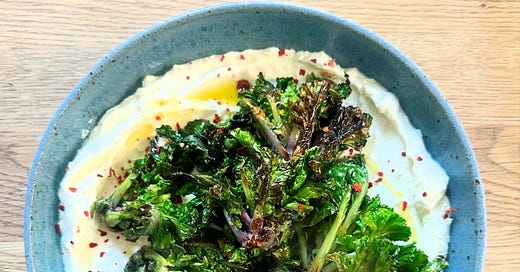


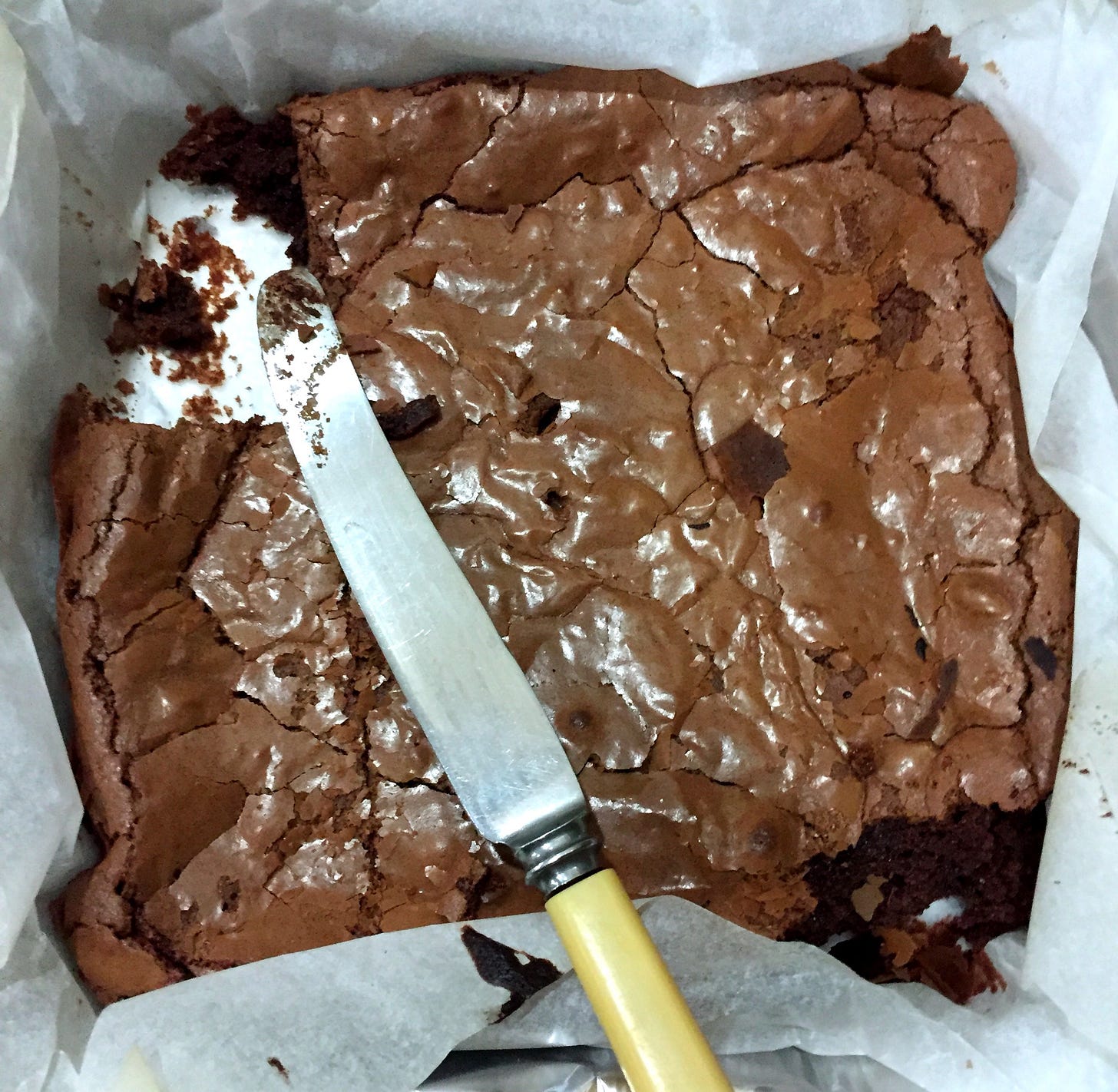
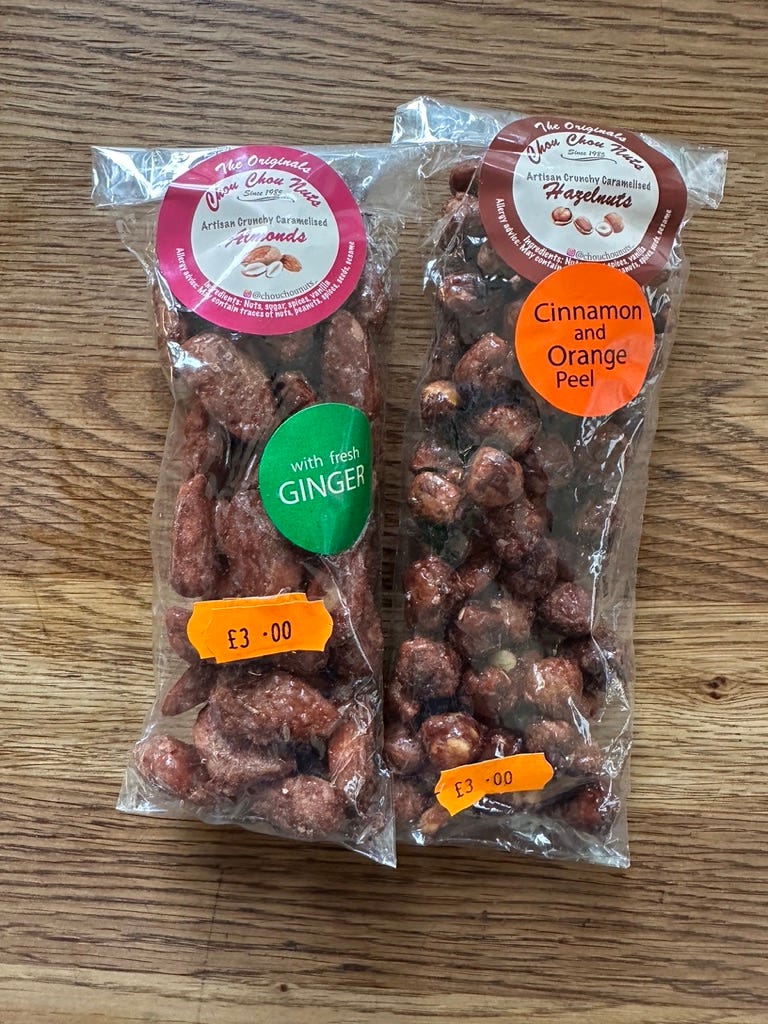
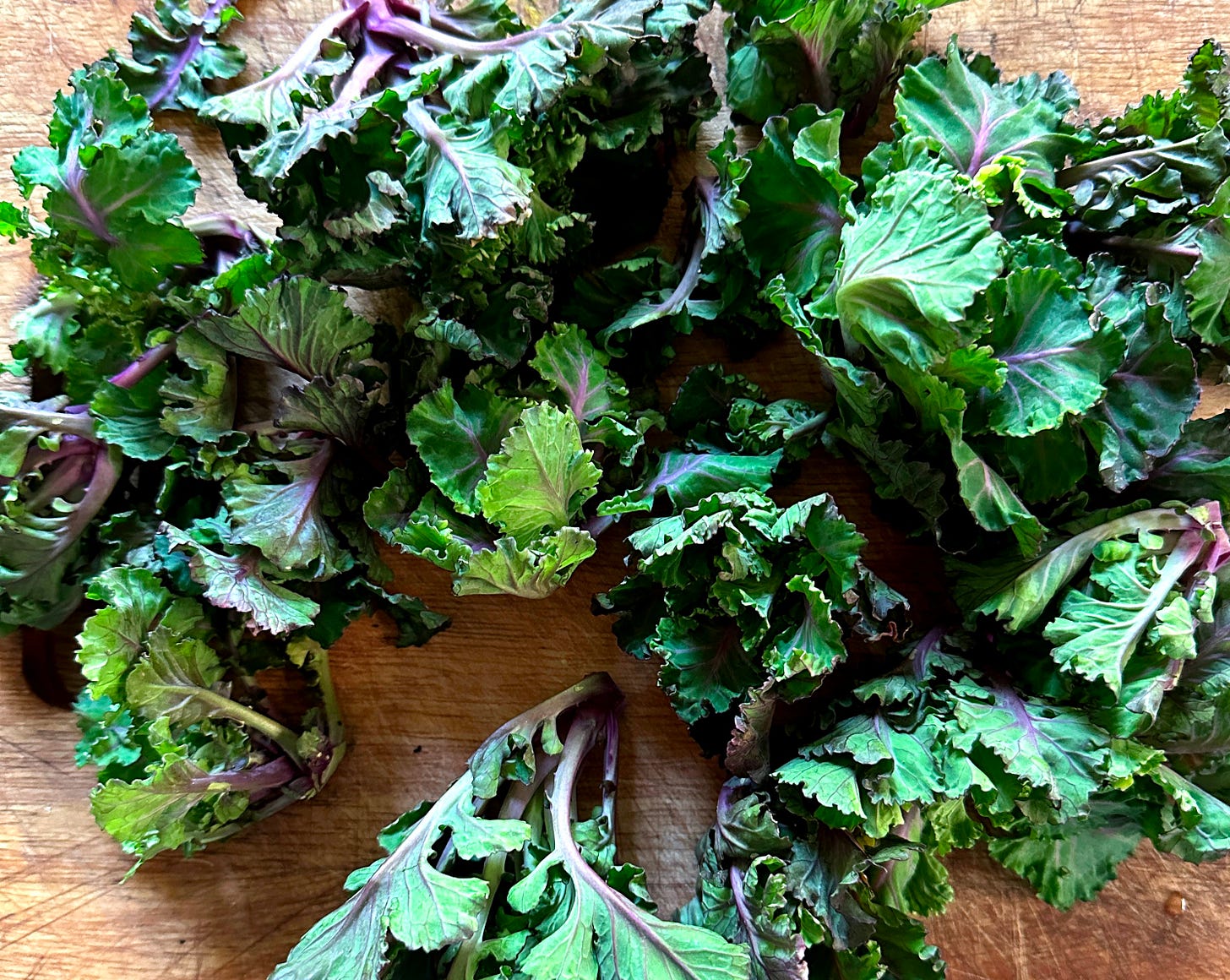


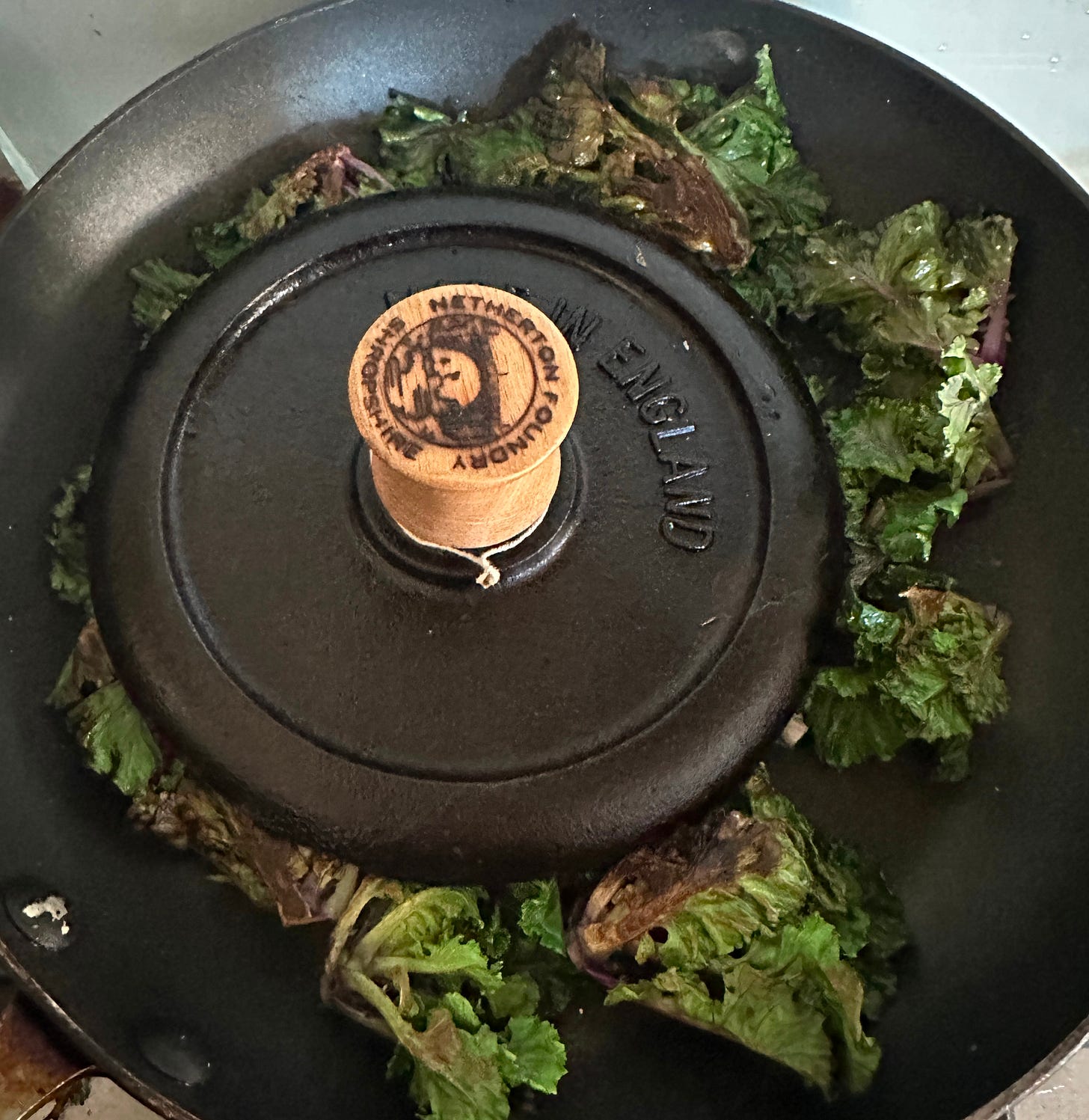

Love a good brownie recipe - thank you! Are your oven temps with or without fan?